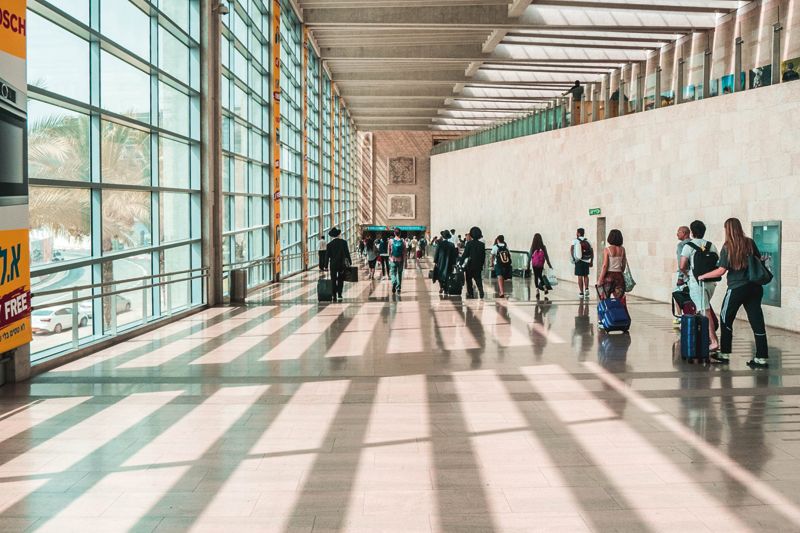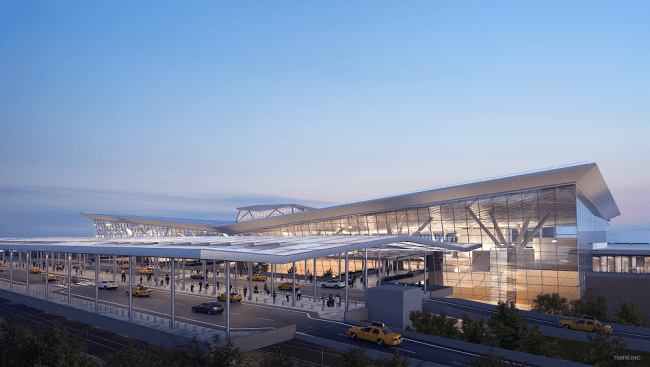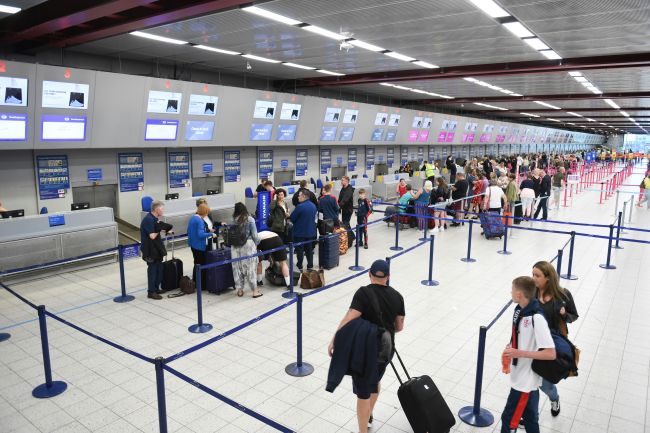Airport level setting and leadership in challenging times
Since the pandemic, governments, airlines, and airports are playing catch-up in providing sufficient supplies of labor and infrastructure.

This past summer was rough for many airline passengers. Across North America, airline cancellations and delays were at historically high levels with little slack in airline networks, understaffed air traffic control facilities, and many airports lacking available gates during peak times. Because of these factors, seemingly small, localized disruptions quickly compounded into systemwide issues (see accompanying on-time performance for July). The causes behind these disruptions were familiar: bad weather, labor shortages, and inadequate infrastructure.
<GRAPH>
Since the pandemic, governments, airlines, and airports are all playing catch-up in providing sufficient supplies of labor and infrastructure to meet surging passenger demand. Airports are hiring and are investing in facilities, even at a time where interest rates are high, and governments have left unaddressed critical issues that otherwise would allow airports to more confidently invest (e.g., the cost of rent in Canada and the 20-year old ceiling on passenger facility charges in the United States).
Airlines too are aggressively hiring and investing in training facilities, and both the FAA and NAV CANADA are once again moving to increase the pipeline of controllers after their pandemic pauses (fingers crossed that a possible U.S. government shutdown doesn't lead to further FAA hiring or operational disruptions). While these initiatives are the right ones, the majority will take years to place the aviation system on a sustainable footing and improve operations and customer service.
In the meantime, at many busy airports, the implications are that irregular operations are becoming routine. Given that airports don't operate airlines, air traffic control, federal security and border agencies, what can they do? One answer is the coordination of information and operations, something practiced with the Massport team at Boston Logan International Airport for over 20 years. Each morning, they "level-set" with federal agencies and their business partners. Together they monitor developments with weather, airline, and government operations to establish a common baseline for what the future days and week may hold. After the meeting, they meet individually to work together on issues, including mitigating the disruptive effects of weather, airline or FAA IT failures, or even a tunnel closure (impacting how passengers get to the airport). The bias at Massport is that everyone owns the challenges.
Beyond mitigations and tactical, operational strategies, airports are also reviewing their roles strategically and assessing their current and future responsibilities in areas such as ground handling, food and retail concessions, and roadway and parking management - all areas where labor shortages are placing pressures on operations and the customer experience.
As the adjoining figure depicts and reminds us, airports are both the "actor" in providing infrastructure and critical services and the "place" where business partners and stakeholders come together with airport management to shape the total experience. As assessments of airport customer service from organizations such as ACI and JD Power suggest, customers assess "place" more than "actor". That will be the focus of our next post.
<SLIDE>










